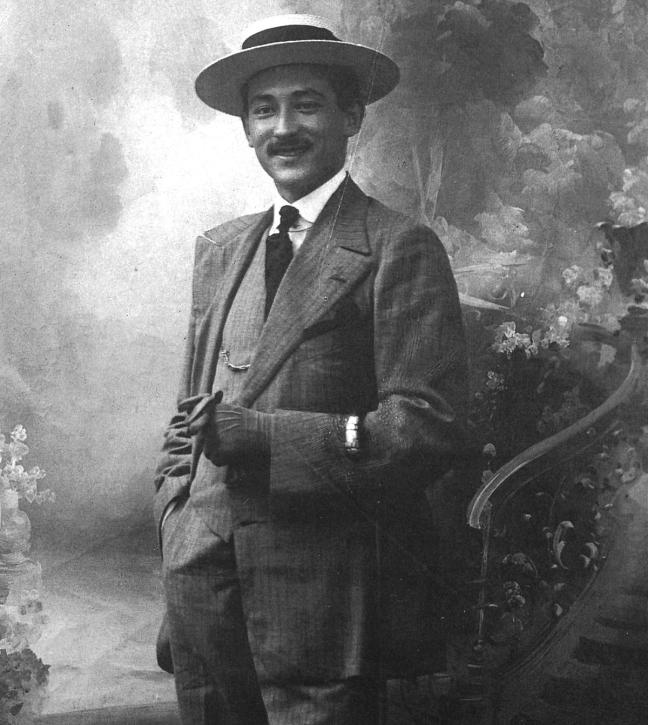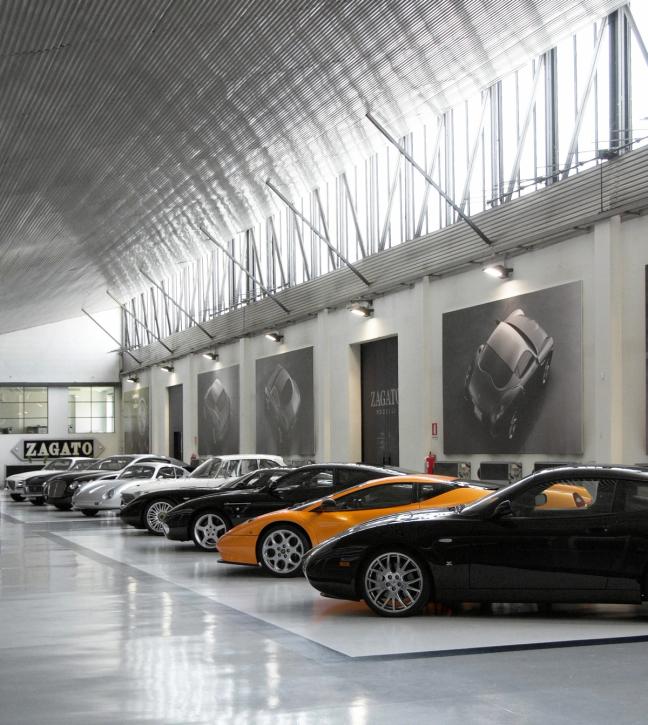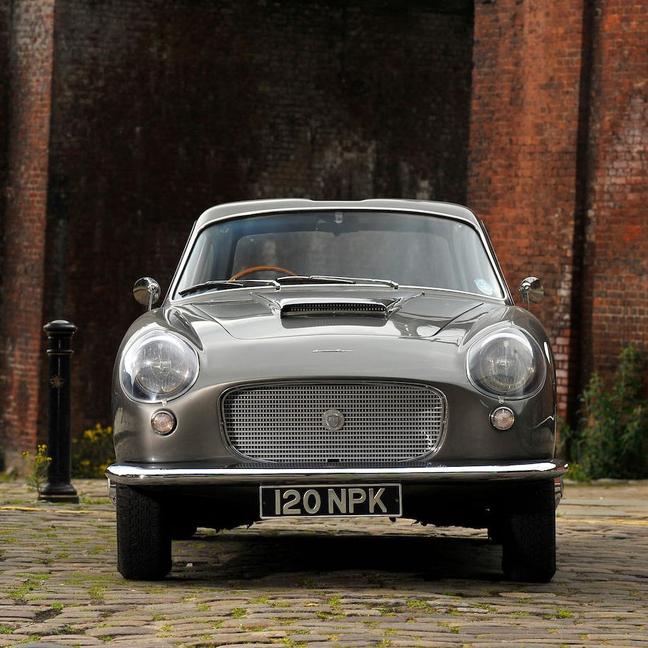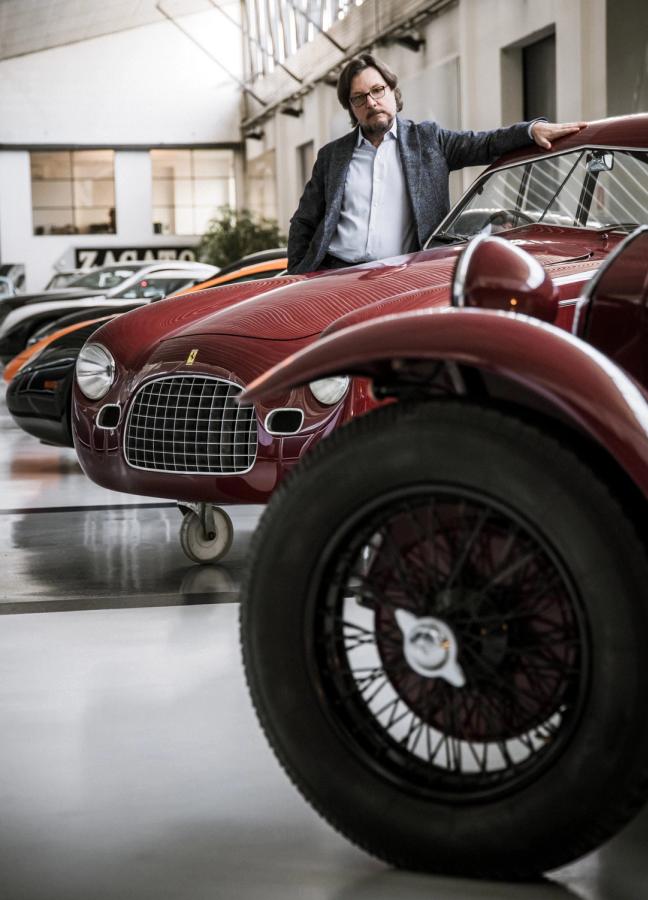What common thread ties together the most super of supercars — Ferraris, Lamborghinis, Maseratis, Porsches and Aston Martins? Other than the fact that the Gentleman’s Journal garage is sadly lacking any of them, the answer lies just northwest of Milan — in a small design workshop in Lombardy.
Welcome to Zagato, a family-owned company that began building bodyworks for airplanes and automobiles in 1919 — and still finds itself at the cutting edge of motoring design today.
We caught up with Andrea Zagato, a third generation Zagato — and the man who now sits behind the wheel of the auto house — to ask what inspired his grandfather, how these beautiful creations come to life, and whether he feels the weight of so many auto-legacies?

Ugo Zagato, founder of Zagato

Inside Zagato’s Italian workshop
Before we begin, what actually is coachbuilding?
When Zagato’s grandfather, Ugo, left Italian biplane manufacturer Ansaldo Pomilio in 1919 — after an all-important four-year spell in the aeronautic field during World War I, he put his aluminium know-how to good use, and set up a coachbuilding business in Milan. Unfamiliar with the concept of coachbuilding? Allow Andrea Zagato to explain the industry his grandfather came to epitomise.
“The coachbuilding practice is entirely devoted to the ‘case’ design,” explains the Italian. “The ‘donor’ mechanical chassis is left untouched — as is its safety and dynamic behaviour — and instead we concentrate all our efforts into the research of beauty, without being distracted by the technological choice. As such, the new technology evolution should not affect us at all.”

So how does Zagato build these ‘cases’ in its Italian workshop?
Still based outside Milan, even after 100 years, Zagato produces only limited editions. From one-offs to runs of 99 units, all are designed here — but only bodyworks restricted to nine examples or fewer are actually assembled on site at the Italian workshop.
“There’s a lot of sketching,” says Zagato, explaining the design process, “guided by computer-aided design (CAD) that helps with the many constraints. The CAD-CAM process offers us great support for the analysis and development of our designs. Virtual wind tunnels and 3D printing are also the ‘solutions of tomorrow’ for few-off designs.”
Which cars have Zagato designed in its 100-year history?
Now this is a list. From Alfa Romeo to its own Zagato Raptor, the Italian design house’s cars speed the length of the alphabet. Lancia, Fiat, Jaguar, Toyota, Bristol and Bentley have come to Zagato for a helping design hand — and that’s before we even touch on the Ferraris, Lamborghini and other supercars mentioned above.



Our particular favourites have to be the Aston Martins. Beginning in 1960 with the DB4 GT Zagato, the British carmaker and Italian brand have been close allies for over half a century, with the V8, DB7, V12, Vanquish and DBS all wearing Zagato bodies across the years.
How does Zagato keep the ethos and aesthetic of a brand, while putting its own spin on the wheels?
“We tend to respect the design language of the original equipment manufacturer,” explains Zagato, “especially in the front of the car where the bonnet and brand is shown. But we allow ourselves as much freedom as possible in the greenhouse area and rear of each model.
“Our own language,” Zagato continues, “is aeronautically inspired, and will be consistent with all the previous special Zagato models we have shared with each client. And this blend of the two DNAs — the one of the client and our own — creates a stronger and more iconic DNA.”

There must be a certain responsibility to designing for such iconic names?
“Of course there is!” says the designer. “But, before starting every new project, we ask our clients if they like the idea of us modifying one of their models. We would never start a new Zagato Edition, something that will transform a car into a collectible, if the client is not comfortable.”
And these processes take time, Zagato adds. A project may last from three to five years, with the coachbuilder’s worst enemy being a fast rotation of clients’ management teams.
“But,” signs off Zagato confidently, “every manager who has experienced working with us, and stays in the same position for a while, tends to repeat the adventure a second and third time.”
Want more behind-the-scenes car-making? We took a spin along Bentley’s people-powered assembly line…

Become a Gentleman’s Journal Member?
Like the Gentleman’s Journal? Why not join the Clubhouse, a special kind of private club where members receive offers and experiences from hand-picked, premium brands. You will also receive invites to exclusive events, the quarterly print magazine delivered directly to your door and your own membership card.


